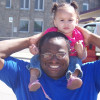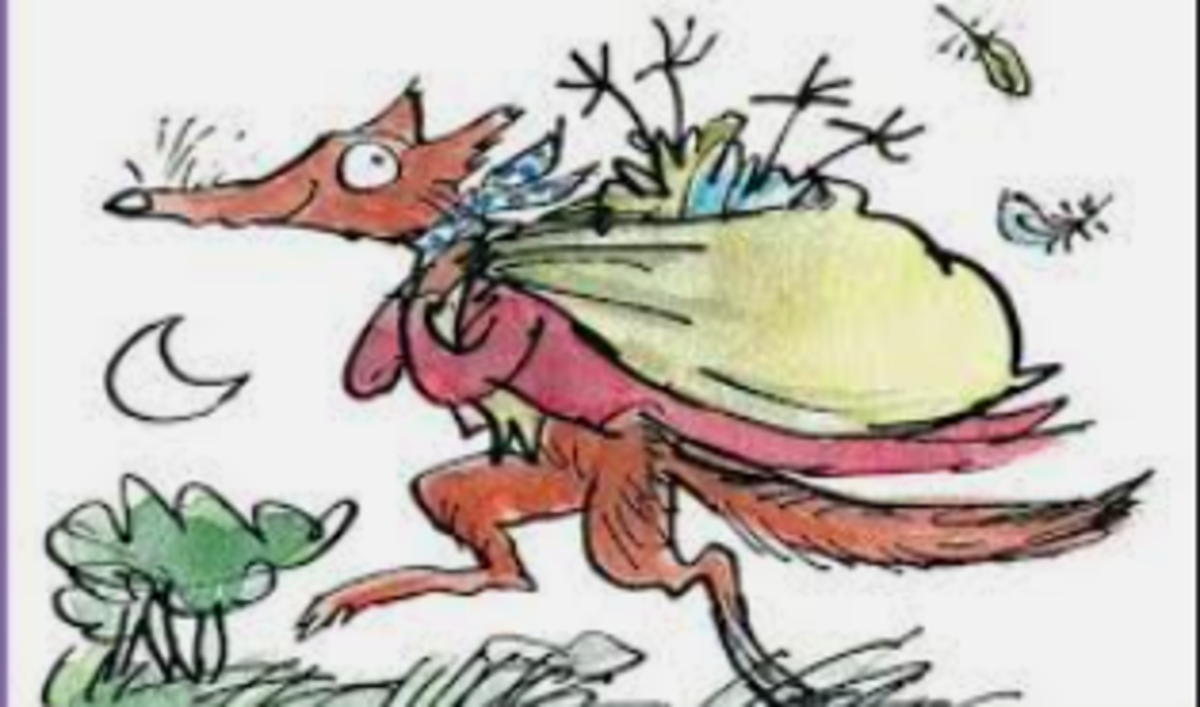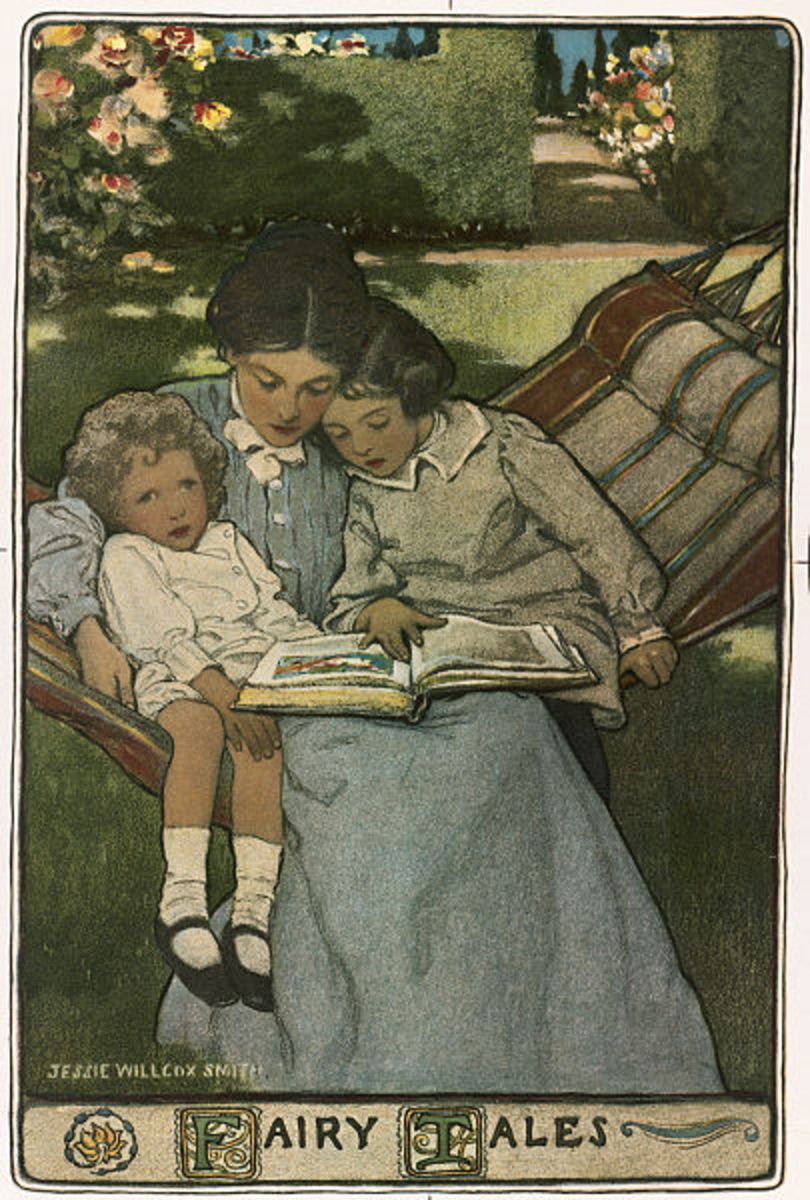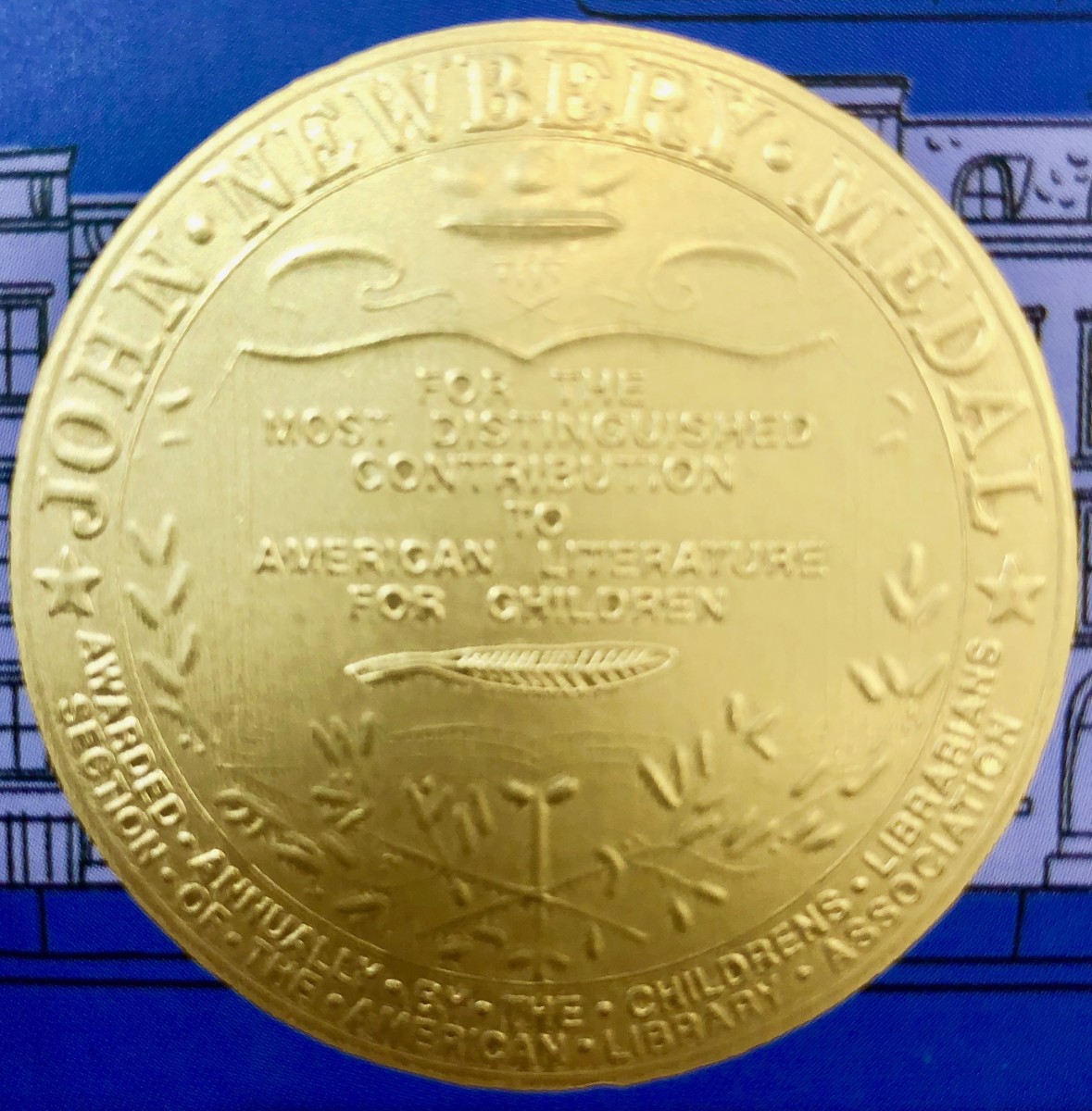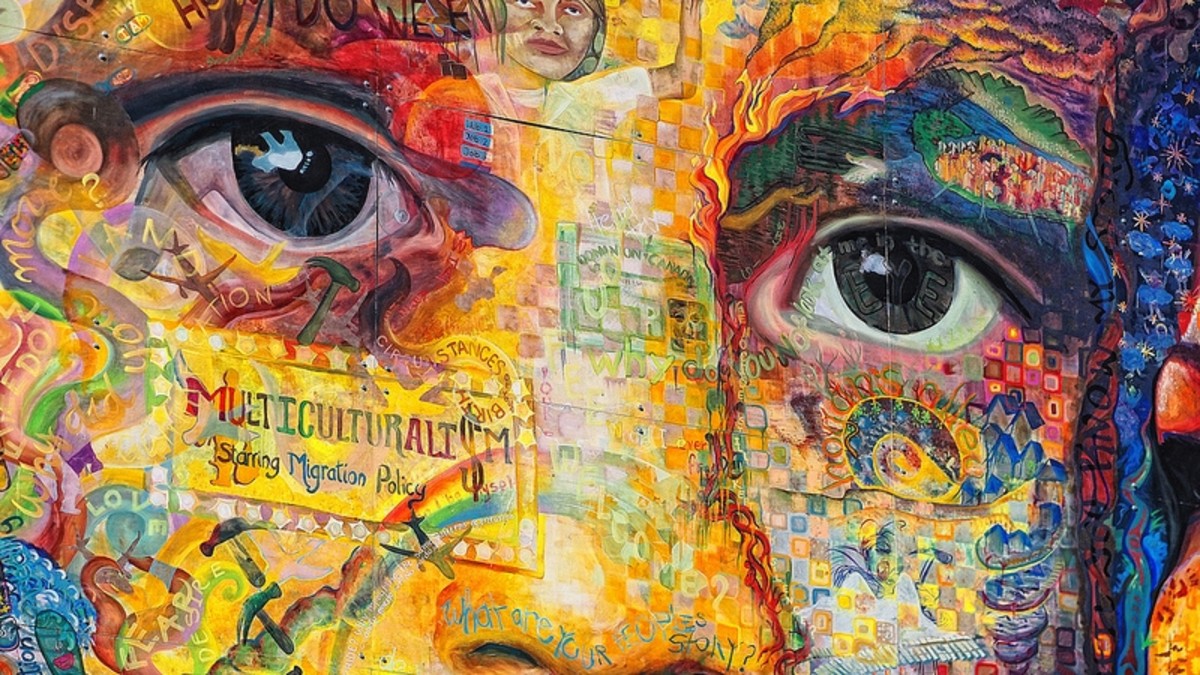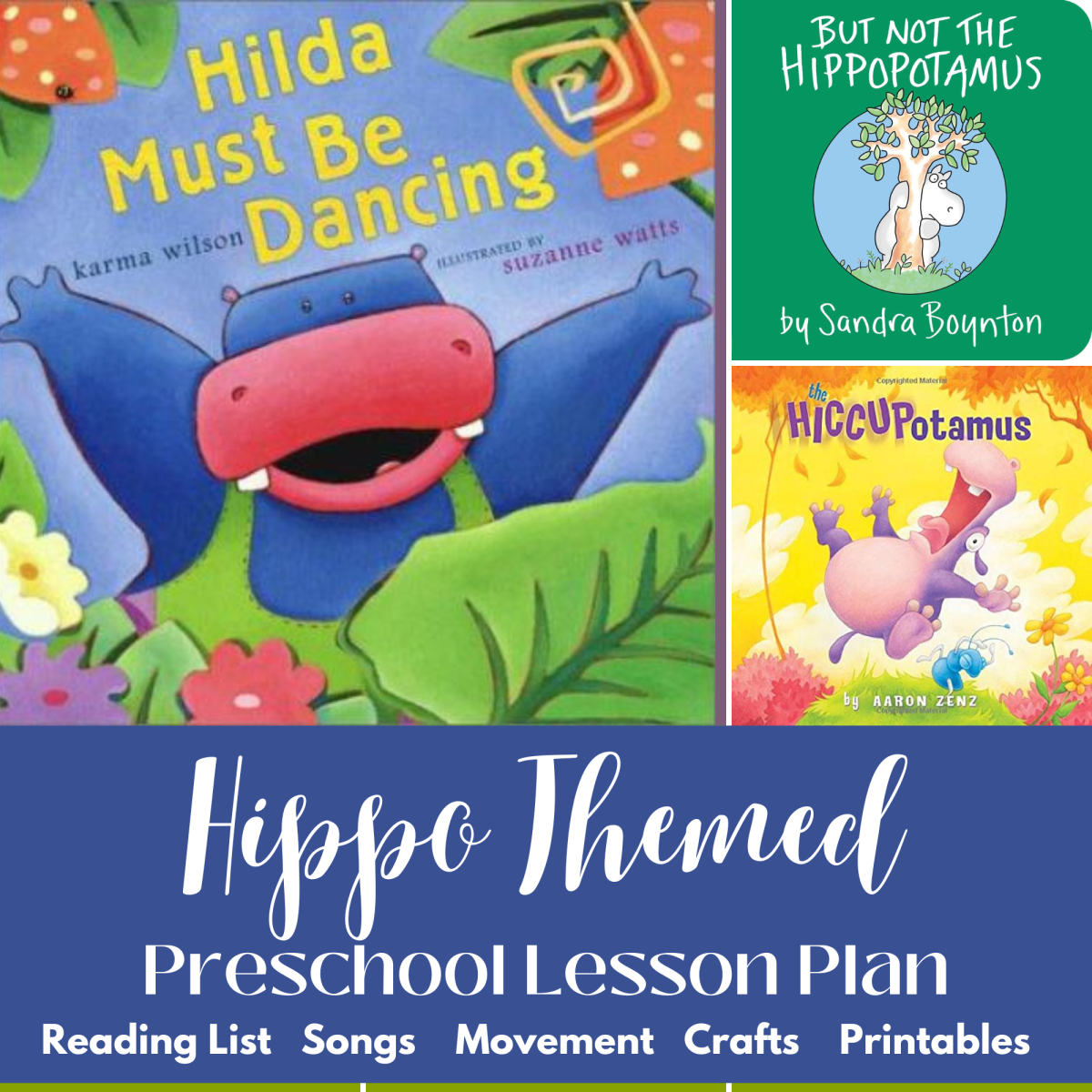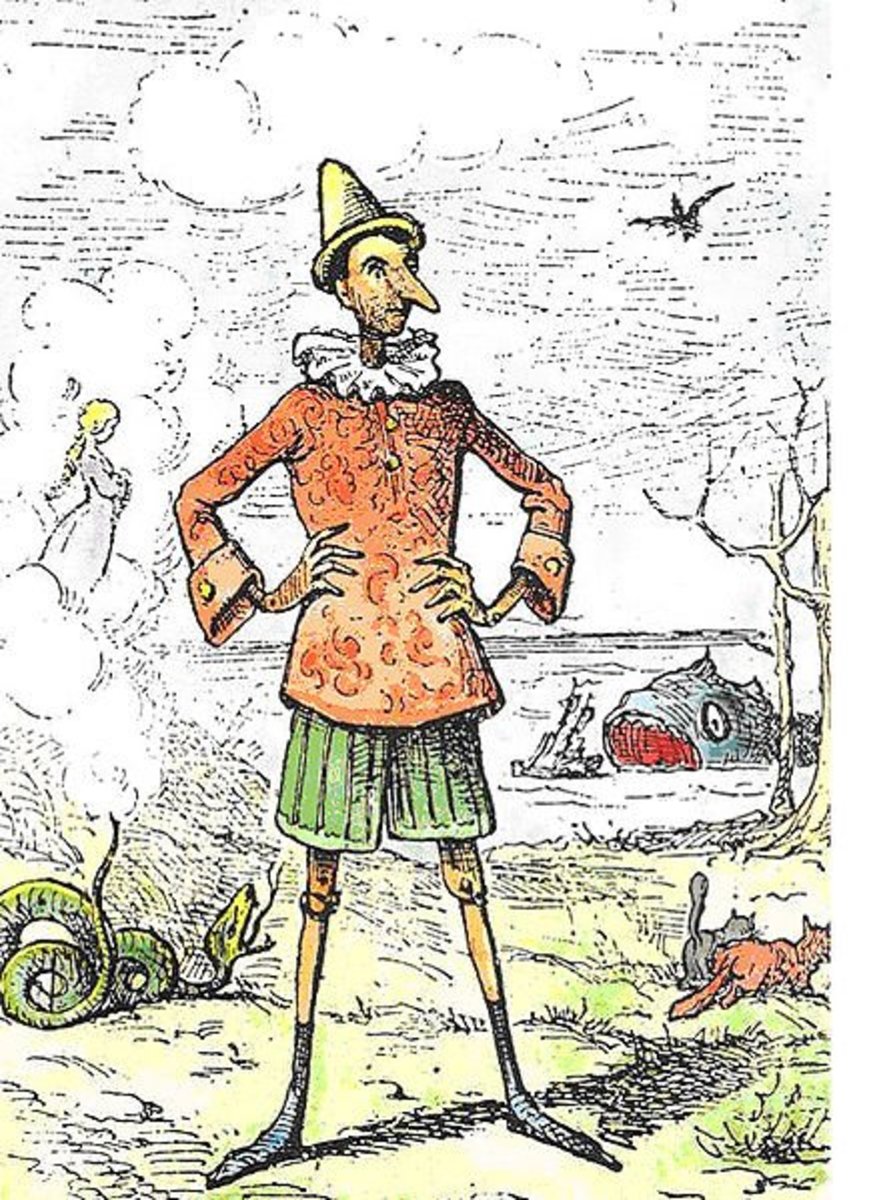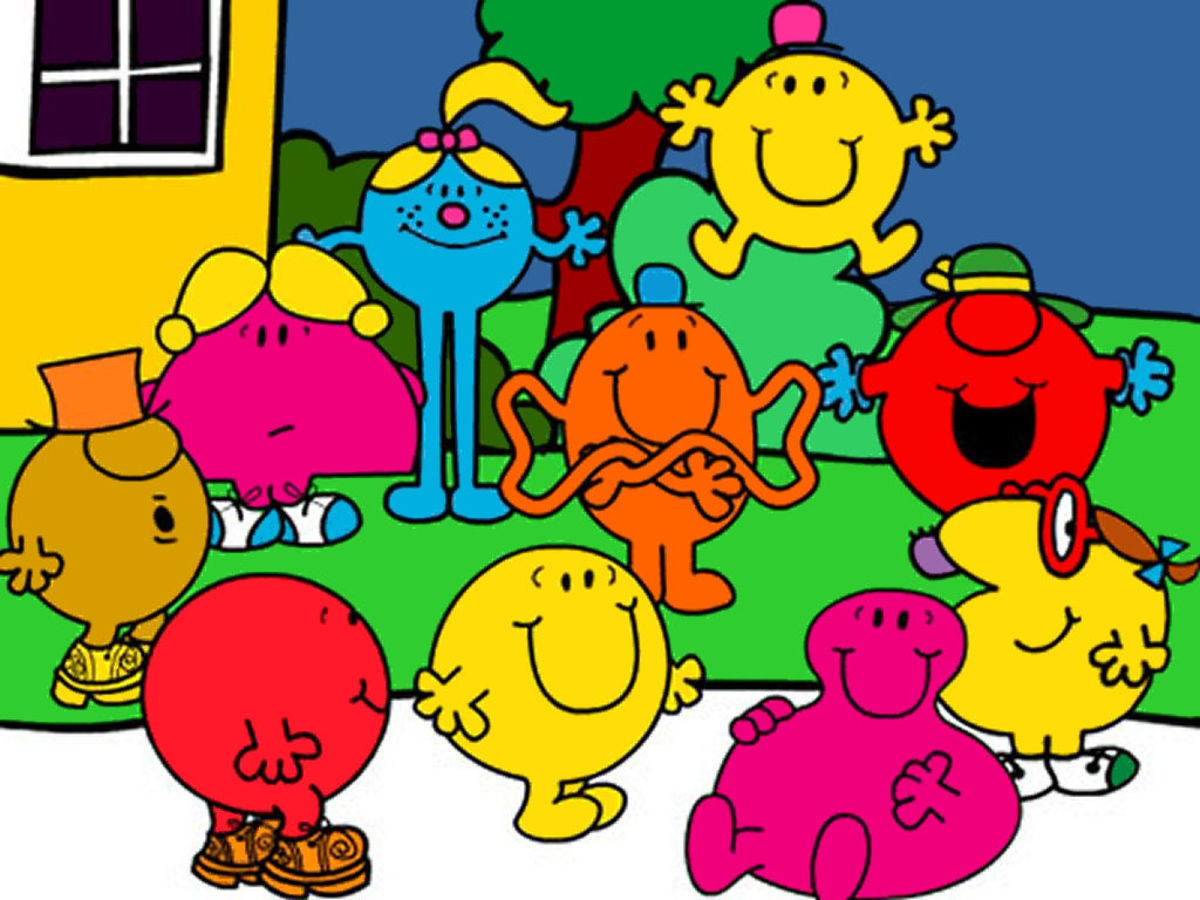Exploring Children’s Literature with Michael Strickland
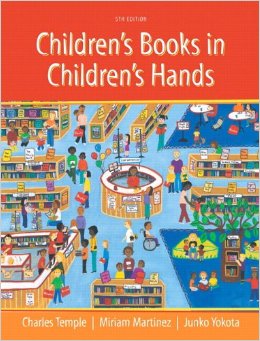
Spring 2015
College of Education
Department of Literacy
Boise State University
Course Prefix: ED-LTCY
Course #: 346
Section #: 003
Instructor: Michael Strickland
ED-LTCY 346-003 Children’s Literature
Instructor: Michael Strickland, M.A.
Email: michaelstrickland (at) boisestate (dot) edu
My children's literature website: youngpeoplespavilion.com
Office Hours: By Appointment
I am an adjunct instructor and would be happy to meet you on campus or in another public place.
COURSE DESCRIPTION: ED-LTCY 346 Children’s Literature is designed to integrate course content with the opportunity to develop communication skills important in the field of teacher education. ED-LTCY 346 satisfies three credits of the Foundational Studies Program Communication in the Discipline (CID) requirements. It supports the following University Learning Outcomes, along with a variety of other course-specific goals:
1. Write effectively in multiple contexts for a variety of audiences.
2. Communicate effec tively as speaker and listener
Conceptual Framework: My courses prepare and professional educators who facilitate lifelong learning and enrich quality of life for people in public schools and other educational settings. My teaching in this subject area is based upon the L.E.A.D.S. conceptual framework: Leadership; Ethics and Professionalism; Academics and Professional Roles, including Content Knowledge, Integration, Human Growth and Development, Learning Environment, Technology, Teaching/Professional Practice and Assessment; Diversity; and Service Orientation/Community Outreach. These core values are an expansion of the earlier conceptual framework based upon Professionalism, Integration and Diversity.
Knowledge Bases: The content of ED-LTCY 346 is guided by national, state, and program standards, including (1) the Boise State University College of Education philosophy and goal statement, which promotes integration, use of technology, sensitivity to diversity, professionalism and life-long learning; (2) the Reading/Literacy Program philosophy and goals; (3) the International Reading Association’s (IRA) standards for Reading Professionals, which specify the knowledge reading professionals should have and the actions they should take as reading educators; and (4) Common Core Standards for Language Arts.
Course objectives: The objectives of this course follow the International Reading Association Standards for Reading Professionals as they apply to classroom teachers.
This course demonstrates how to select quality children’s literature and will focus on classic and recent children’s books that showcase positive examples of the literary elements, formats, and genres that organize the field of children’s literature. Definitions of literary terms are interwoven throughout in-depth discussions of plot, character, theme, setting, point of view, and style and tone. Sound criteria for assessing the merit of children’s books; teaching poetry, biography, and informational books; a section on censorship; and thinking will multiculturally combine to make this an important journey. Fresh examples of quality children’s literature will be infused with many multicultural titles; an in-depth discussion of the complex relationship between pictures and text in contemporary picturebooks; descriptions of graphic and verse novels; discussions of new issues, such as the risky topics addressed in some books for children, and suggestions of ways to use picturebooks created for older readers. A discussion of ways to engage readers through read alouds and interactive discussions is also included.
Attendance and participation: Presence in class is essential to everyone’s learning, a basic requirement for an effective discussion a collaboration and project-based course. You must also come to class prepared and ready to participate. Many activities and assignments will be conducted in class and cannot be made up. The total points for this class permit one absence (with a weekly class, each week is equal to 2 classes). Many classes will have work that is to be done in class that day in response to the lecture or activity; so, if you miss a class for which an in – class assignment is conducted, you cannot make up the points for that day. If you must miss a class, contact a member of your group for any notes or information you have missed. During each class, a brief, low stakes quiz will be given in order to kick off and stimulate thinking about the topics. 50 Points.
Required Text:
- Children's Books in Children's Hands: A Brief Introduction to Their Literature, Pearson eText with Loose-Leaf Version --, 5/E - Charles A. Temple, Hobart and William Smith Colleges Miriam A. Martinez, University of Texas at San Antonio Junko Yokota, National-Louis University
ISBN-10: 0133829588
ISBN-13: 9780133829587
Publisher: Pearson
Copyright: 2015 - Professional articles as assigned.
Statement of principles on multicultural education: The term “multicultural education” expresses the essential mission of my pedagogy. Multicultural education is not just “about” certain subjects; it does not merely offer “perspectives” on education: It is an orientation to my purpose in education – and ultimately an orientation to life, one that values diversity of viewpoints and experiences and sees people as valuable contributors to the experience of school and society. Life in universities is a self-consciously multicultural experience, from the varieties of personal, social, and cultural backgrounds represented in it to the full spectrum of ideas and disciplinary traditions that compose the community of scholars. My recognition of this central tenet leads me to commit myself to the following general principles.
Experiences in this class are based on helping teachers immerse themselves in, explore, and understand the genre. The course discusses how to implement critical pedagogy. The interactions invite multiple learning styles and ways to engage literature. The process extends beyond the basics while addressing problems and concerns that teachers often report.
I recognize the existence of a variety of communities within the world of Children’s literature or juvenile literature. Each community has its own voice and interests – both within and outside the university; this course offers the opportunity to hear and study as many of these voices as possible. Our study includes stories, books, and poems that are enjoyed by children. Modern children’s literature is classified in two different ways: genre or the intended age of the reader.
Research on literacy learning and teaching is ever-evolving, resulting in a changing definition of children's literature that takes into account the increasing demands of all aspects of our lives—personal, social, and economic. Children’s literature can be traced to stories and songs, part of a wider oral tradition, that adults shared with children before publishing existed. Since the 1400s, a large quantity of literature, often with a moral or religious message, has been aimed specifically at children. The late nineteenth and early twentieth centuries saw the publication of many books acknowledged today as classics. Literacy achievement is at the forefront of accountability in our country. For better or worse, schools, teachers, and children are measured in large part by student performance in reading and writing. Attention to literature, literacy, and language as a function of school readiness is reflected in children's books, their use in classrooms, and in the public policy arena.
Assignments
Analytical Lens Applications and Peer Responses Every other week students will select a book to read, discuss, and then analyze according to theoretical lenses. What did looking at the book through each lens illuminate about the text? These will be placed on the discussion board (DB). Each student will also write a response, directly underneath every entry by the other students, on the DB.
Discussion posts do not need to be long, but they do need to be carefully and thoughtfully crafted. You are certainly free to explore various reviewer comments, but we encourage you to craft your response first so that your personal insights come through clearly. If you do read reviewer comments, you MUST cite ALL sources explored (including links so that we may access those sources easily). Close reflection of insights from other reviewers that are not clearly cited and that you have not addressed with your own response, will be viewed as plagiarism.
An Online Discussion Rubric and a Rubric for Peer Responses are found under Course Documents on Blackboard.
You will write several Analytical Lens Applications and several responses (a total of 14 DB posts) for a total of 200 possible points.
In Class Book Shares: In lieu of the quizzes previously mentioned, we will continue with the in-class book shares for 100 possible points.
Textbook Responses
Learning in this course is supported equally by assigned readings and class engagements. It is vital that you participate thoughtfully in both. Each week, you will submit a thoughtful response to the assigned readings in the textbook. These will be posted on the discussion board. Your response should include the following elements: 1) Summary (What is this chapter about?), 2) Significance (What is important here, and why is it important?), 3) Connections (Identify central ideas across multiple texts and make connections with what you have been learning in class and in school settings), and 4) Questions (Now that you have read, what questions do you have that will support your further learning? How will you explore the answers to those questions?). Your responses should indicate thorough, thoughtful engagement with the text, not just provide evidence that you read it.
100 possible points.
Final Project: The course provides an excellent overview of genres in children’s literature. In this final project, you will integrate and synthesize all material from your analytical lense applications, peer feedback, and textbook responses, and apply them to current teaching practices.
250 points
Attendance and participation: 50 points; Pen Pal Project 300 points; Analytical Lens Applications and Peer Responses 200 points; In Class Book Shares: 100 Points; Textbook responses: 100 points; Final Exam 250 points.
Other projects:
300 points
50 + 300 + 200 + 100 + 100 + 250 = 1,000 points.
Grade Scale:
900 – 1,000: A range
800-899: B range
700-799: C range
600-699: D range
500-599: F
Tags
Education, Literacy, Children's Books, Boise, Boise State University, Michael Strickland Idaho,
